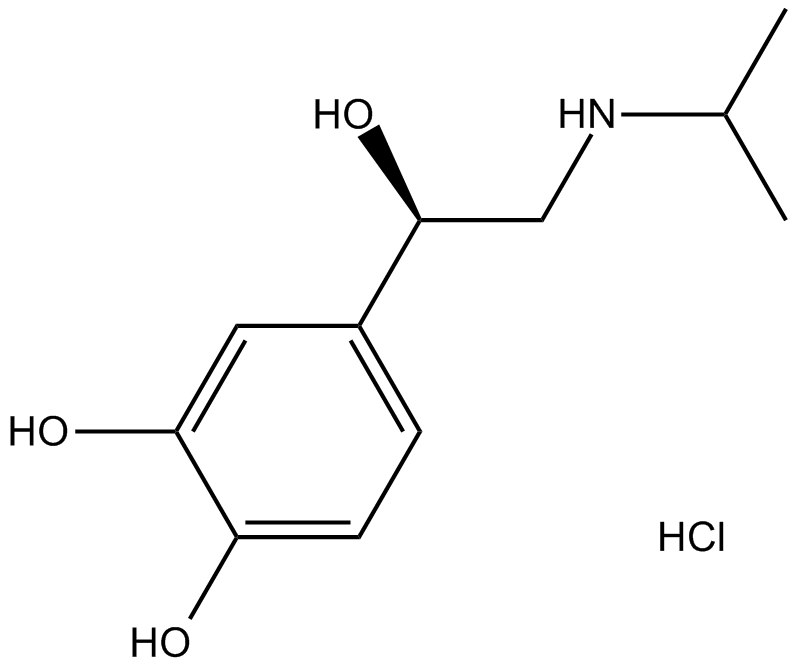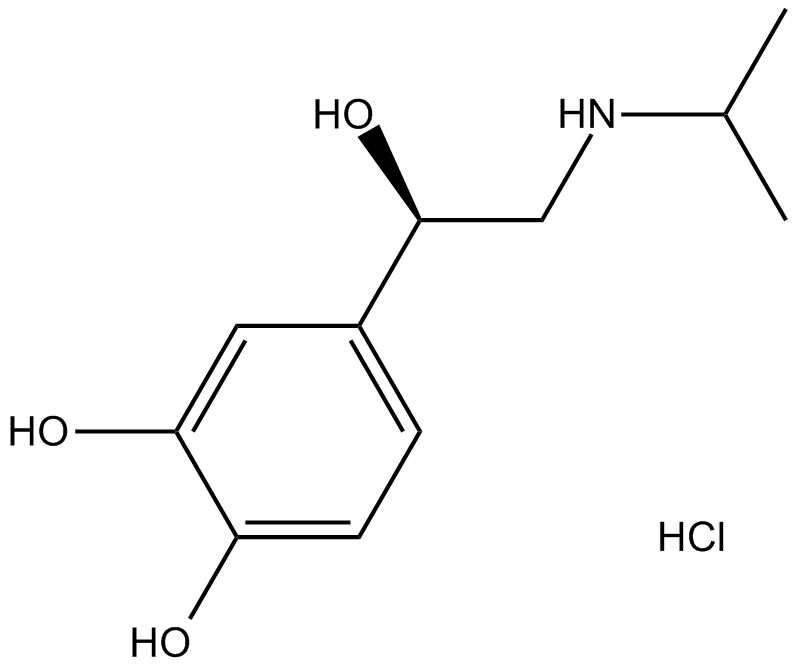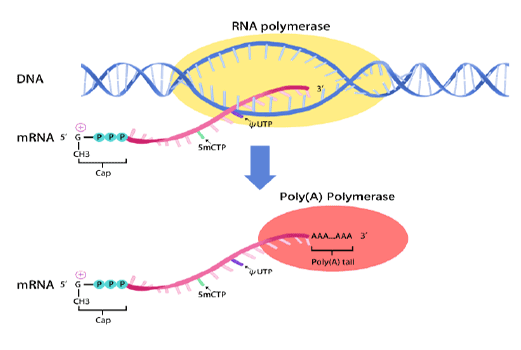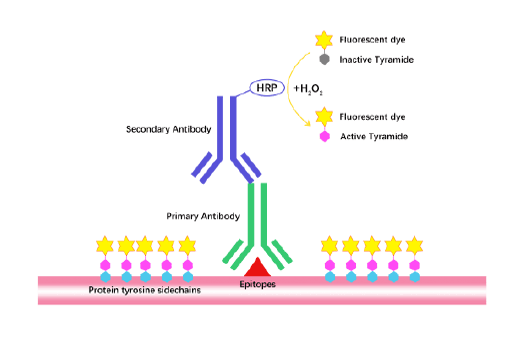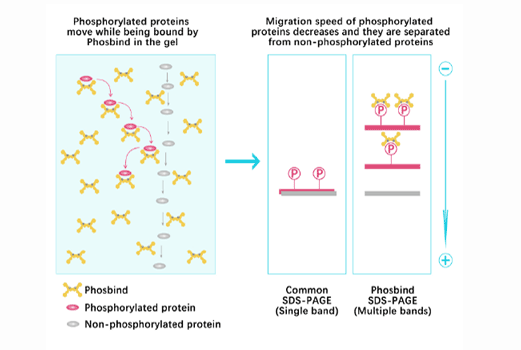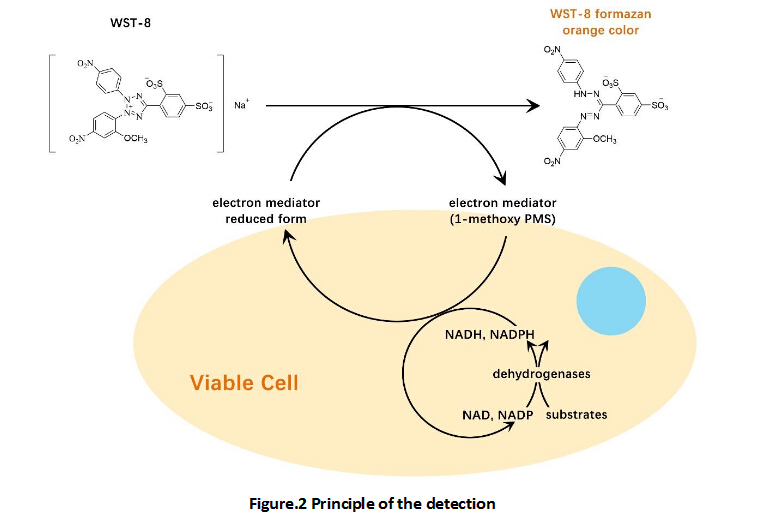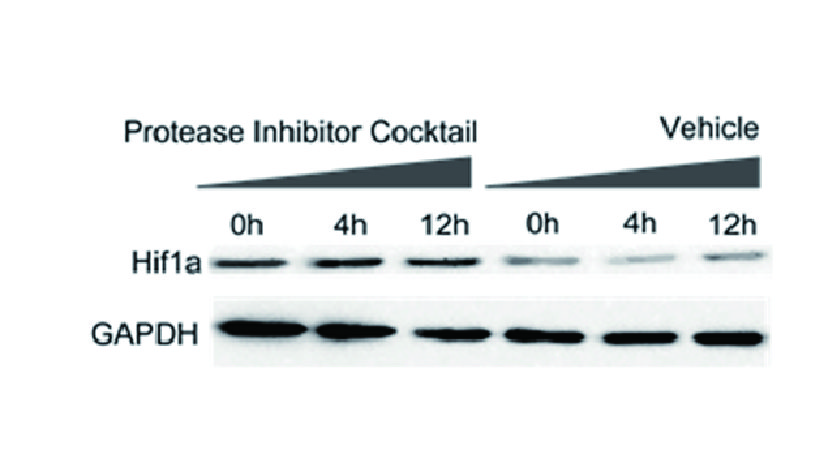Isoprenaline HCl
Isoprenaline hydrochloride (CAS: 51-30-9) is a synthetic sympathomimetic amine functioning as a non-selective β-adrenoceptor agonist, structurally analogous to epinephrine. Its mechanism involves the stimulation of both β1- and β2-adrenergic receptors, resulting in increased cardiac output through enhanced chronotropic and inotropic effects, alongside bronchial smooth muscle relaxation. Due to these pharmacological properties, isoprenaline hydrochloride is utilized in research exploring cardiac arrhythmias, conduction disorders, bradycardia, and bronchospasm.
| Physical Appearance | A solid |
| Storage | Store at -20°C |
| M.Wt | 247.72 |
| Cas No. | 51-30-9 |
| Formula | C11H17NO3·HCl |
| Solubility | ≥12.39 mg/mL in DMSO; ≥16.6 mg/mL in EtOH with gentle warming and ultrasonic; ≥50.2 mg/mL in H2O with gentle warming |
| Chemical Name | 4-[1-hydroxy-2-(propan-2-ylamino)ethyl]benzene-1,2-diol;hydrochloride |
| SDF | Download SDF |
| Canonical SMILES | CC(C)NCC(C1=CC(=C(C=C1)O)O)O.Cl |
| Shipping Condition | Small Molecules with Blue Ice, Modified Nucleotides with Dry Ice. |
| General tips | We do not recommend long-term storage for the solution, please use it up soon. |
| Cell experiment:[1] | |
|
Cell lines |
Human umbilical vein endothelial cells (HUVECs) |
|
Reaction Conditions |
100 nmol/L isoprenaline for 20 h incubation |
|
Applications |
Isoprenaline resulted in significantly enhanced expression of endothelial Cx43 and to a lower degree of Cx40 and Cx37. The number of coupling cells was significantly increased. Regarding angiogenesis, isoprenaline led to significantly enhanced formation of branches and a higher complexity of the tube networks with more branches/length. |
| Animal experiment:[2] | |
|
Animal models |
Male albino rats of the Sprague-Dawley strain, 225 ~ 325 g |
|
Dosage form |
0.33 mg/kg Administered by subcutaneous injection |
|
Applications |
A subcutaneous injection of 0.33 mg/kg isoproterenol decreased blood pressure and increased water intake in nephrectomized rats. |
|
Note |
The technical data provided above is for reference only. |
|
References: 1. Dhein S, Gaertner C, Georgieff C, et al. Effects of isoprenaline on endothelial connexins and angiogenesis in a human endothelial cell culture system. Naunyn-Schmiedeberg's Archives of Pharmacology, 2015, 388(1): 101-108. 2. Hosutt JA, Rowland N, Stricker EM. Hypotension and thirst in rats after isoproterenol treatment. Physiology & Behavior, 1978, 21(4): 593-598. |
|
Quality Control & MSDS
- View current batch:
Chemical structure
